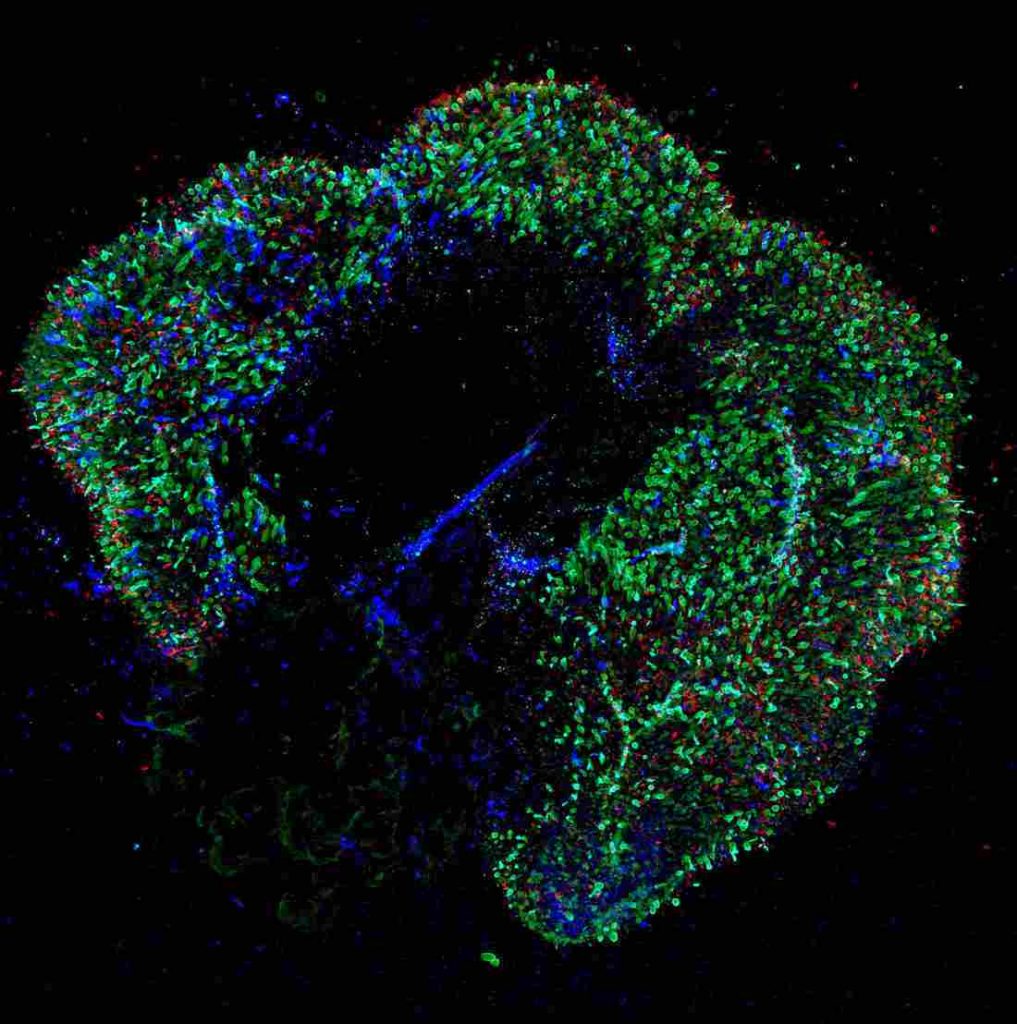
Human Retinas Grown In A Dish Could Help Cure Colorblindness
Published on 13 October 2018
In order to see the red of a sunset or the green of spring leaves, developing human eyes need to get the right hormone at the right time. That’s the finding of a team of scientists who studied how color vision develops using hundreds of human retinas grown in the lab.
The discovery, published Thursday in the journal Science, could help accelerate current efforts to cure colorblindness. It could also lead to new treatments for diseases including macular degeneration, the leading cause of vision loss.
“It’s important that we understand how nature controls the development of the retina so we can understand better why things go wrong in disease and how we can treat them,” says Steven Becker, a scientist at the National Eye Institute. The newly published findings are a step in that direction, says Becker, who has no connection to the research.
Read the full article on npr.org

